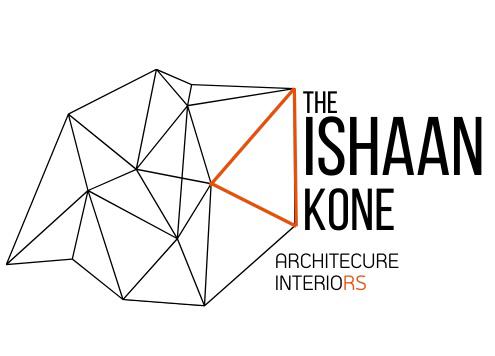Exploring the Future of Interior Design: Innovations and Trends to Watch
In recent years, the field of interior design has undergone a significant transformation, influenced by technological advancements, a heightened awareness of environmental issues, and a desire to create healthier living environments. As we look to the future, several key trends and innovations are set to redefine how we design and experience interior spaces. In this article, we delve into the exciting developments shaping the future of interior design, focusing on sustainable practices, technological integration, and the harmonious fusion of nature with our indoor environments.
Sustainable Design: The Growing Importance of Eco-Friendly Interiors
As environmental concerns continue to mount, sustainable design has become a fundamental pillar in the world of interior design. Eco-friendly approaches prioritize the use of renewable resources, energy-efficient solutions, and non-toxic materials, which contribute to healthier spaces for occupants and the planet. Designers are increasingly turning to recycled materials, sustainable textiles, and locally-sourced products to craft interiors that not only appeal aesthetically but also minimize environmental impact.
Another significant advancement in sustainable design is the integration of energy-efficient technologies. LED lighting, smart thermostats, and energy-efficient appliances are becoming standard features, significantly reducing the carbon footprint of residential and commercial spaces. These innovations not only contribute to sustainability but also bring cost savings for homeowners and businesses, highlighting the symbiotic relationship between eco-friendly design and economic benefits.
Moreover, sustainable interior design emphasizes the importance of flexibility and durability. Designers are opting for adaptable furniture and modular layouts that allow for easy reconfiguration, extending the lifespan of spaces and reducing waste. This focus on longevity in design ensures that interiors can evolve with the changing needs of inhabitants while maintaining a minimalistic impact on the environment.
Smart Homes and Technology Integration: Shaping the Living Spaces of Tomorrow
The rapid advancement of technology has given rise to smart homes, where technology integration plays a crucial role in enhancing the living experience. From voice-activated assistants that control lighting and temperature to automated systems that manage security and entertainment, technology is becoming an integral part of our homes. These innovations are not only convenient but also promote energy efficiency and enhanced security.
Incorporating technology into interior design goes beyond mere functionality. It offers opportunities to create dynamic, interactive spaces that adapt to the lifestyle and preferences of the occupants. Smart mirrors with built-in displays, adjustable lighting that mimics natural sunlight, and motorized window treatments are just a few examples of how technology can transform interior environments into futuristic, customized havens.
Furthermore, technology integration extends to virtual and augmented reality, revolutionizing the design process itself. Designers can now offer clients immersive experiences that allow them to visualize and interact with a space before it is physically built. This not only enhances client satisfaction but also streamlines the design process, allowing for more precise planning, reduced waste, and innovative experimentation.
Biophilic Design: Connecting Interiors with Nature
Biophilic design is an innovative approach that seeks to reconnect our indoor environments with the natural world. This design philosophy emphasizes the use of natural materials, abundant natural light, and indoor greenery to create spaces that promote well-being and nurture a connection to nature. The growing popularity of biophilic design is driven by a growing body of research that links proximity to nature with numerous health benefits, including reduced stress and enhanced creativity.
Incorporating elements such as living walls, indoor gardens, and water features, biophilic design turns ordinary interiors into vibrant, life-affirming environments. This trend reflects a shift towards prioritizing mental and physical health in design, creating spaces that not only serve functional needs but also provide sanctuaries of calm and inspiration. By bringing elements of the natural world indoors, biophilic design helps to foster a sense of balance and serenity amidst the hustle and bustle of modern life.
Moreover, biophilic design often incorporates an open plan that maximizes natural light and airflow, improving indoor air quality and promoting energy efficiency. This holistic approach integrates sustainability with aesthetics, providing a balanced design solution that resonates with both nature enthusiasts and design aficionados alike. As the relevance of biophilic design continues to grow, its principles are likely to become a staple in both residential and commercial spaces.
In conclusion, the future of interior design promises a dynamic interplay of sustainability, technology, and biophilia, offering transformative opportunities for creating spaces that are efficient, harmonious, and deeply connected to nature. As these trends evolve, designers and homeowners alike will need to adapt, innovate, and embrace new practices that push the boundaries of traditional interior design. Whether through the integration of eco-friendly materials, the infusion of smart technology, or the cultivation of nature-inspired spaces, the possibilities for future interiors are as diverse as they are inspiring.
